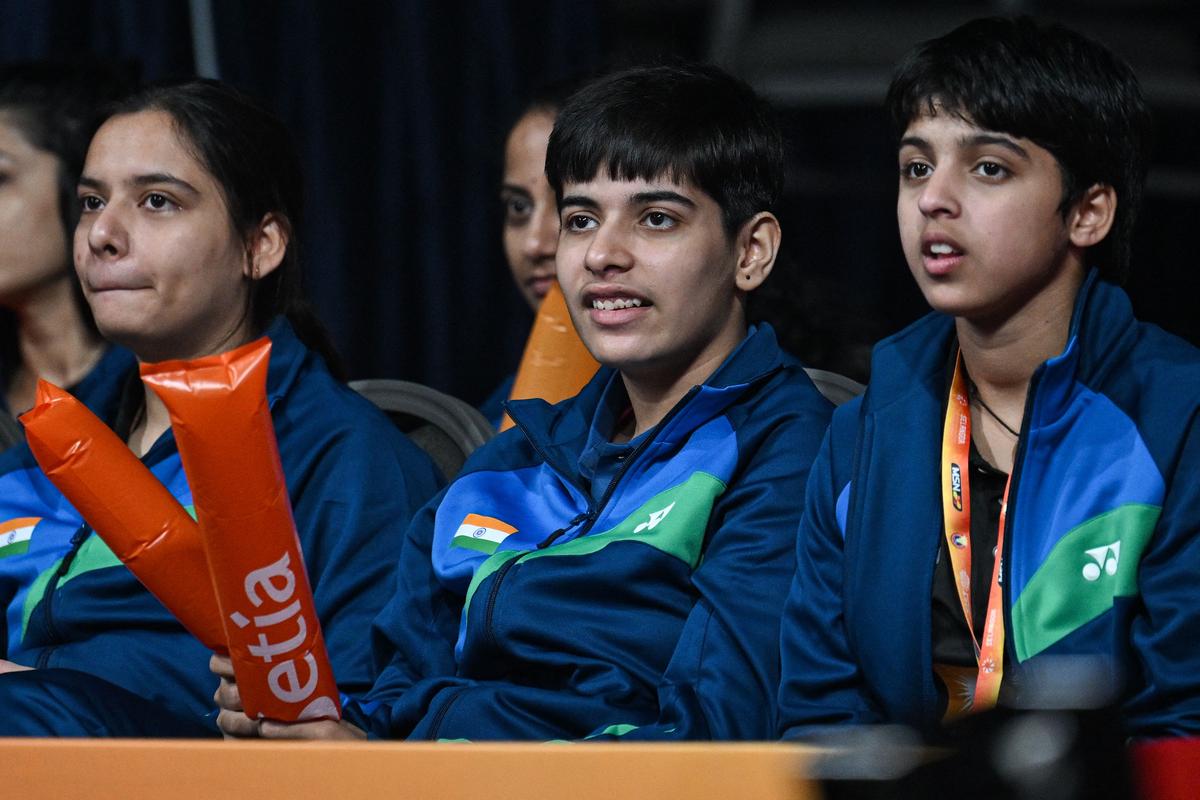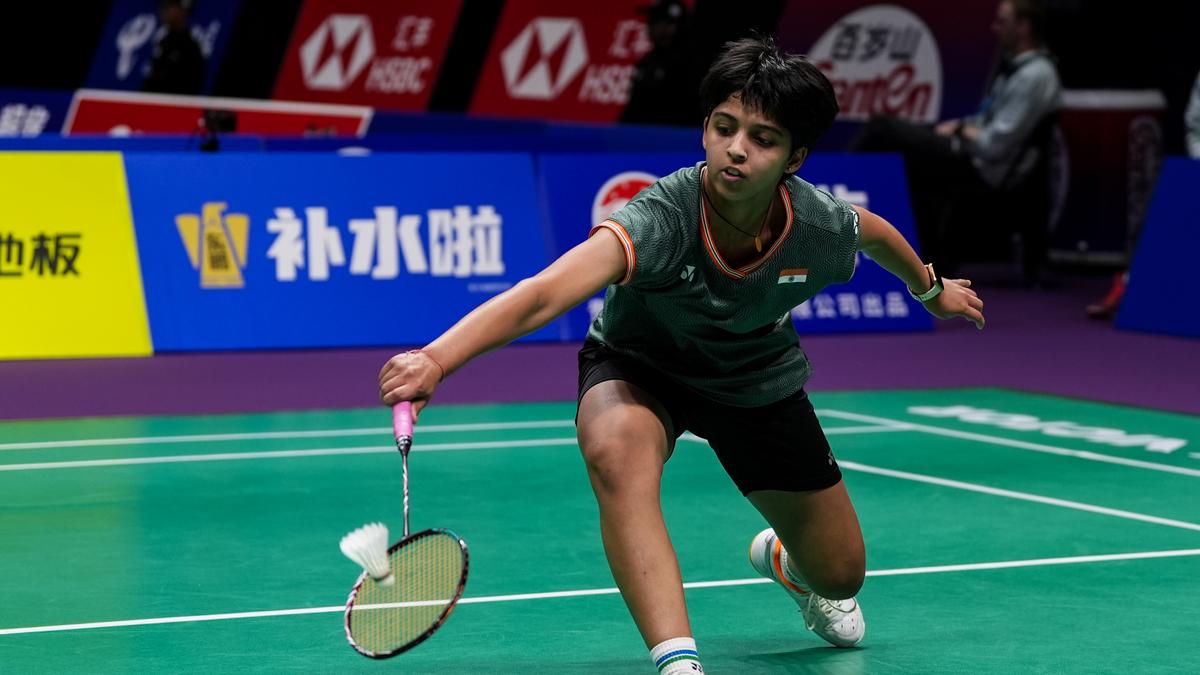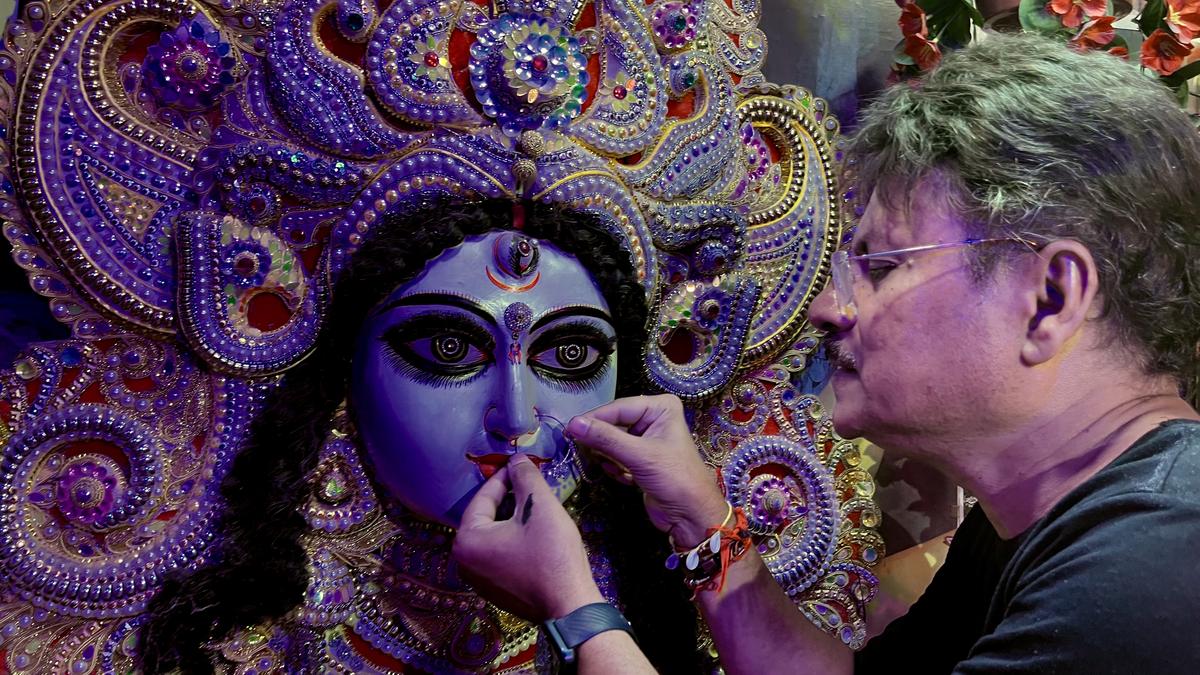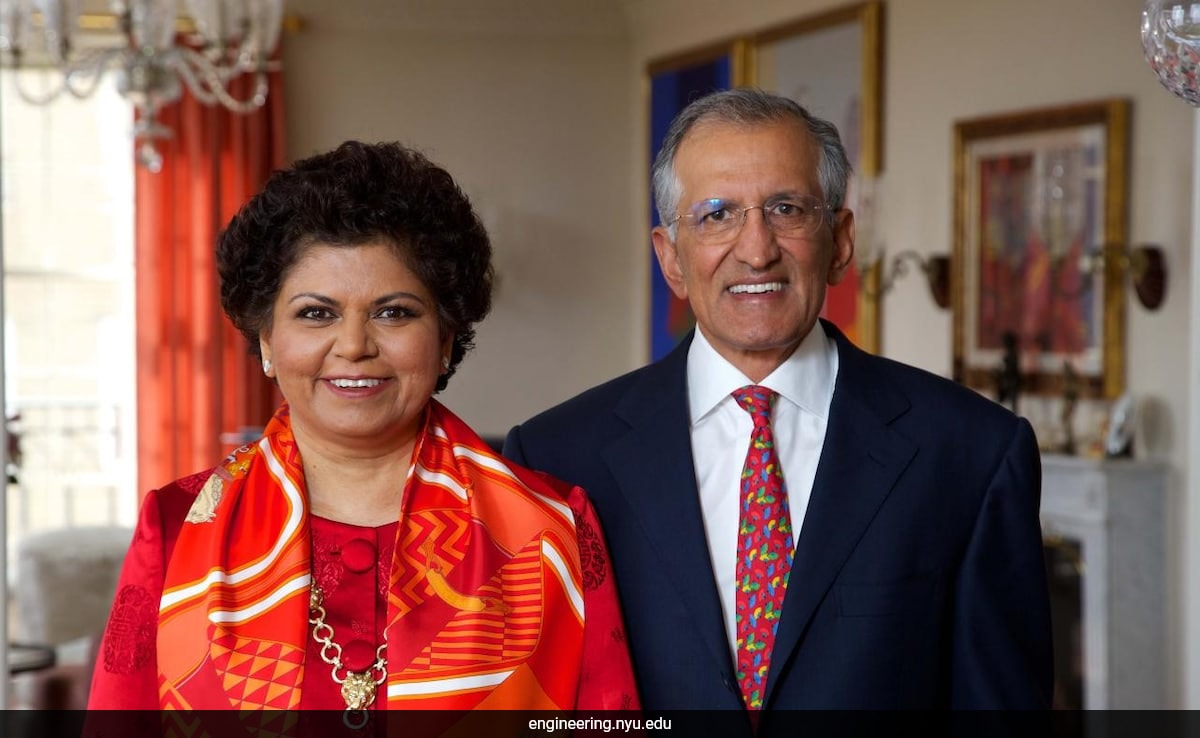Tanvi Sharma didn’t get to celebrate when she reached the final of the US Open World Tour 300 – her debut on the BWF World Tour – in Council Bluffs, Iowa, last month. She had travelled alone, and after a quick call to her mother and coach in India, she returned to her hotel room, cooked some rice, and paired it with the ready-made food she had brought from home.
Then she opened her Class 11 Economics and English textbooks and began to study. “I usually make it a point to study for at least two hours a day,” says the 16-year-old.
That she has to manage school along with a burgeoning badminton career makes Tanvi’s achievement even more remarkable. Only three other Indian women’s singles players – Saina Nehwal, P.V. Sindhu, and Malvika Bansod – have ever reached the final of a BWF World Tour 300 event. Tanvi even came close to winning the title. She took a game off former World No. 9 Beiwen Zhang before eventually losing 11–21, 21–16, 10–21.
Even in defeat, the performance turned heads. With Saina retired and Sindhu nearing the twilight of her career, many see Tanvi as a standout prospect for the next generation of Indian women’s singles players.
Tanvi’s coach, Park Tae-sang, compared her attacking game favourably to Sindhu, whom he had guided to Olympic bronze in Tokyo. Veteran commentator Gillian Clark has observed similarities between Tanvi’s game and that of Saina.
Tanvi hopes she embodies elements of both. “My coach, Park sir, told me my attacking game was like Sindhu, and I think the rest of my movement is like that of Saina didi. But I know I have a long way to go to match what they’ve achieved,” says Tanvi, who keeps a picture of Tai Tzu Ying as her phone wallpaper — a quiet nod to the creative flair she also hopes to bring to her game. She is currently training at the National Badminton Academy in Guwahati for the Asian Junior Championships scheduled later in July. As the current Junior World No. 1, she’s expected to perform well there.
Tanvi’s mother Meena never imagined her daughter would be seen as a successor to two Olympic medallists. “I have two daughters (Tanvi and Radhika, who is her elder by three years), and I had hoped they might become national-level players. I never thought Tanvi would get to the level she has now,” says Meena.
Unexpected start
Meena was a sportsperson herself, having played volleyball at the national level. After completing her postgraduation and later a PhD in physical education, she was determined that her daughters would play a sport. “I wanted them to play either tennis or cricket or badminton. Of the three, I liked badminton because when I was studying I had read stories about Saina and Sindhu. But when Radhika and Tanvi were children, they played all three sports,” she says.
Hoshiarpur, their hometown on the NorthEastern border of Punjab with Himachal Pradesh, lacked quality sports infrastructure. When Radhika was nine, Meena took her to the badminton court at the town’s indoor stadium. There, she was faced with a new challenge – the lack of good coaches.
Tanvi’s coach, Park Tae-sang, has compared her attacking game favourably to P.V. Sindhu, whom he had guided to Olympic bronze in Tokyo.
| Photo Credit:
RITU RAJ KONWAR
Tanvi’s coach, Park Tae-sang, has compared her attacking game favourably to P.V. Sindhu, whom he had guided to Olympic bronze in Tokyo.
| Photo Credit:
RITU RAJ KONWAR
Instead of giving up, Meena chose to teach herself how to coach. “At that time I didn’t think too much of it. I went through online videos and coaching manuals. I didn’t have any great expectations of Radhika as a player so I thought even basic badminton knowledge would be enough. I learned the basic shuttle drills and I already knew how to give physical training, so that’s what I started with,” she says.
Tanvi would accompany them. “She was only about five then, so I couldn’t leave Tanvi by herself. I had to bring her along. She’d come and try to get involved with the training. She was a bit of an accidental player in a way,” says Meena. Radhika showed results first, winning medals at the State level and then a bronze at the Under-13 Indian National Ranking competition in 2016. That performance drew interest from the Pullela Gopichand Academy in Hyderabad. “They asked if I would be willing to let Radhika come to Hyderabad. I thought it was a great opportunity for her. But I couldn’t let her go by herself because she was just 13 then. So I had to come with her, and because Tanvi was even younger, I had to bring her to Hyderabad as well,” Meena says.
From 2016 to 2020, Radhika trained with the hostel students at the Gopichand Academy. Meena took up a job at another badminton academy to support the family. At the time, Tanvi trained with beginners at Gopichand. Though she occasionally hit a few shuttles with Sindhu, there was little to suggest her future promise.
That changed during the COVID-19 pandemic. When the trio had to return to Hoshiarpur, Tanvi began to show signs of her potential – but not without uncertainty. “In 2021, when we had to move back to Hoshiarpur, I wasn’t sure if I was going to continue to play badminton. I was good in studies as well, and we were under a lot of financial difficulties, which meant it was hard to train and also travel for competition. But we decided to try for one more year,” says Tanvi.
Breakthrough year
In 2021, as a 12-year-old, Tanvi won her first national medal – a singles bronze in the U-15 category at the National Ranking Championships in Goa. She kept rising. In 2024, she claimed singles gold in both the U-15 and U-17 categories at the National Championships in Odisha. That same year, she was included in the Indian women’s team for the Asian Team Championships, though she didn’t get to play.

Rising stars: India’s Shruti Mishra, Anmol Kharb, and Tanvi Sharma watch intently as P. V. Sindhu faces Thailand’s Supanida Katethong in the women’s singles final at the 2024 Badminton Asia Team Championships, held in Shah Alam, Selangor.
| Photo Credit:
AFP
Rising stars: India’s Shruti Mishra, Anmol Kharb, and Tanvi Sharma watch intently as P. V. Sindhu faces Thailand’s Supanida Katethong in the women’s singles final at the 2024 Badminton Asia Team Championships, held in Shah Alam, Selangor.
| Photo Credit:
AFP
She remembers that tournament for another reason. “Sindhu didi was very good to me and her attitude was very good. I was only 15 at that time and I was injured so I didn’t get a chance to play, but it was great just to be part of the Indian team and also to be alongside her. I talked to her, got to know her, and learned a lot just by watching her matches,” she says.
By this point, Meena realised she could no longer offer the technical guidance Tanvi needed. “I was good enough to train her physically and mentally, but I couldn’t provide the technical support she needed now that it was clear that she was the best player in her category in India,” she says. In 2024, Radhika had already shifted base to the National Badminton Academy in Guwahati, and in October, Tanvi joined her there to train under coach Park.
The move paid off. In the months that followed, an unseeded Tanvi reached the quarterfinals of the Junior World Championships, losing a tight three-game match to eventual champion Xu Wenjing of China. She then reached the final of the Odisha Masters World Tour 100, won the Denmark International Challenge, and made the final of the US Open.
Long-term goals
She admits the result in Iowa came as a surprise. According to her, Park’s target was simply to get her accustomed to a higher level of competition. “I was travelling by myself to the US Open. I was a little nervous also, but I was also excited to be taking care of myself. But coach Park wanted me to play a World Tour 300 event so I would have some match practice of playing against high-quality players. I also just wanted to play in a World Tour 300 for the first time. I want to go up step by step. I’d played International Challenges and World Tour 100 events before, but the level of players in a World Tour 300 event is much higher,” she says.
Tanvi, who entered the tournament ranked World No. 66, was a serious underdog against World No. 20 Thuy Linh Nguyen in the opening round. “I didn’t think I’d win that match, but after I did, I just wanted to see how far I could go,” she says.
While she couldn’t complete a fairytale ending, Tanvi says her coach wasn’t disappointed. “When I spoke to him after the tournament, he was very happy. He never expected I would even go that far,” says Tanvi, who reached a career-high ranking of World No. 50 after the US Open.
Following the result, coach Park has high expectations from her for the Junior World Championships in Indonesia, scheduled from July 23. “Coach Park told me he was very happy with how I did in the USA, but that our main target is the Junior World Championships. So, we will focus on that,” she says.
There are other goals too. The 2028 Olympics are just three years away, and although Tanvi will only be 19 then, she’s optimistic about making it to Los Angeles. “It will be hard, but it’s my dream to win an Olympic gold,” she says. But that’s for later. Apart from the Junior Worlds this year, Tanvi’s got another task she’s hoping to excel in. “Next year, I’ll have my Class 12 Board Exams. I’m making time every day to study for them and I’m hoping I can do well there as well,” she says.







